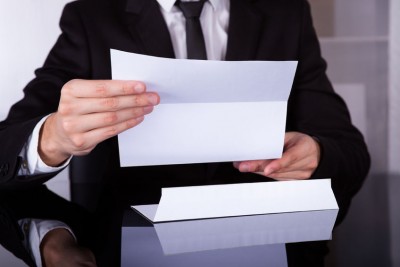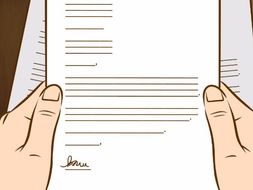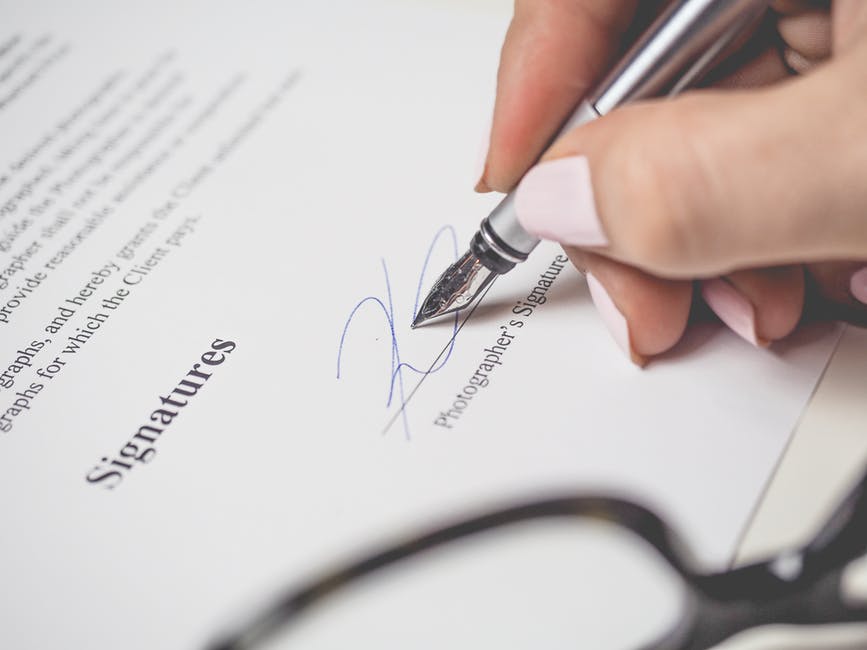Everything You Need to Know about Formal Letters for Job Application

posted:4 years agobyAwatef Hamdiin Cover Letters
Writing letters may seem easy, but it might not be very easy for many graduates and job seekers. Despite hesitation and confusion, it is possible to exchange letters in the field of employment. Previously on this blog we have introduced different types of letters that are essential to employers and candidates. Now, we are going to introduce a different kind of letter, usually known as a formal letter. For writing letters tips, check this article:
How to Write a Two weeks Notice Letter Sample and Tips
What is a Formal Letter?

A formal letter is not new to the field of correspondence. It belongs to the early type of letters that used to be exchanged between people. Since the custom remains the same for decades, the use of formal letters still exists up-to-date. A formal letter can be sent alone or with any other extra documents, like a cover letter that requires the applicant's joint resume or CV. It can also be printed on paper and handed or mailed. It can include an official stamp or a signature from higher authorities.
A Formal Letter Subject:
A formal letter can be written for many purposes such as;
- Getting an appointment or inquiring about any service.
- Getting a visa or any facility from authorities.
- Getting an internship, scholarship, exchange students,
- Getting permission or a license to open an independent project or business.

As it tells from its name, this letter requires a formal language and an official format because you are going to address authorities, colleagues, and seniors. This letter is for important professional communication rather than connecting friends and closes personal contacts, like family and relatives. If you are a job seeker and you consider writing an application letter, check this article:
Tips for Writing a Letter with Job Application Samples
The pattern of Writing a Formal Letter:
1. Introduction:
A formal letter introduction can be brief and consists of a few sentences introducing the main topic, such as requesting something, asking for possible service, etc. This introduction can be extended also as it introduces the sender’s identity, followed by the receiver's contact information. That is, the letter includes both the sender and the receiver contact information.
2. Format:
The way your letter looks gives more value to its content. A correct format is essential to illustrate the letter information clearly. The letter’s format is usually based on an appropriate font, salutation, spacing, closing, and signature.
3. Content
The formal letter's internal paragraphs depend on the letter’s subject. Usually, in application purposes, these paragraphs should not exceed 2 or 3 paragraphs with brief and straight to the point sentences. For instance, the first paragraph of your letter introduces your reason or purpose for writing this letter to a specific person. After that, the following paragraphs should be more detailed, as they contain more information about your request or personal details. The final paragraph of your letter should summarize the whole initial purpose and include hopeful and thankful expressions to the reader. You can also inform your reader that you are waiting for a future response. See how to establish perfect mailing exchange with your employer from these tips:
Follow up email after interview Writing Tips and Template
4. Closing and Signature

Finish your letter with a close statement like best regards or sincerely then include your signature.
Sample Formal Letter Style
A formal letter generally includes a brief description of the job seeker's purpose. However, it cannot replace a resume or CV because it is not only meant for application. It has multiple goals among them, establishing professional queries, requesting schedule change, asking for a pay raise. Whatever the content, this formal letter should have a specific format that summarizes the content. Here is how a typical formal letter should look like:
Contact Information Your Name
Your Address
Your Zip Code
Your Phone Number
Your Email Address
Date
Contact Information (The person or company you are writing to)
Name
Title
Company ( or any other establishment)
Address
City, State Zip Code
Greeting (such as Dear Mr/Mrs or Dear Hiring manager.etc.)
Your content (which can be a request, a query, a service a favor, etc..)
Closing
Best regards,
Signature
Typed Signature
Formal Letters for Job Application
Since an official letter has multiple uses, a cover letter is considered as a formal letter that helps job seekers to get employment. However, in the field of work, there is another model of formal letters known as an application letter. The latter can replace a cover letter by offering more details and information. Application letters are often compared to cover letters and other professional correspondences that request employment. The difference between these two models is that an application letter is considered more appropriate for job applications.
These were the tips and the information related to the different formal letters that can operate in many fields. Always review your letter before the final signature or before dropping in the mailbox. Don’t be too persistent in your request. Learn more tips related to professional correspondences on Fratres.net.
